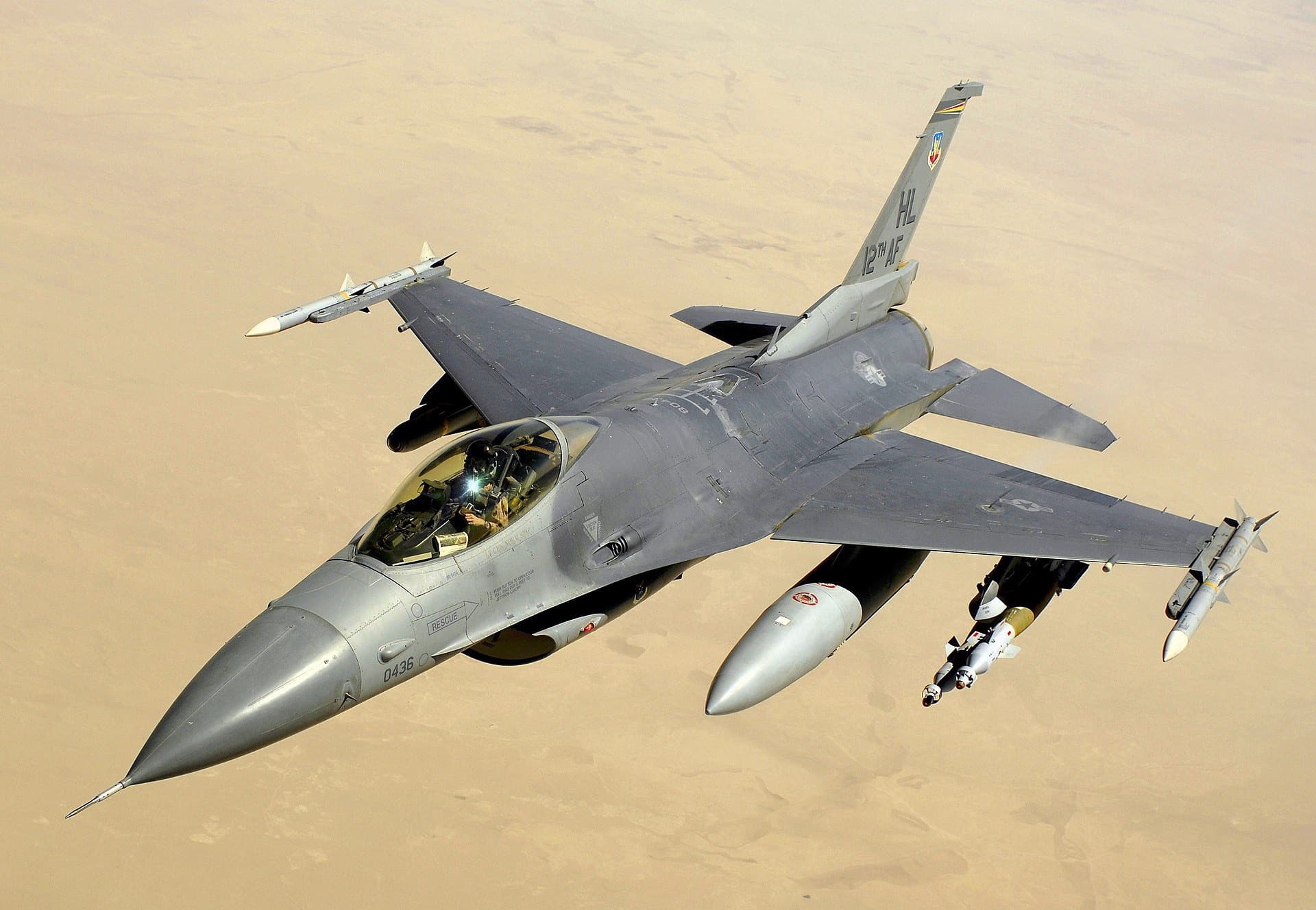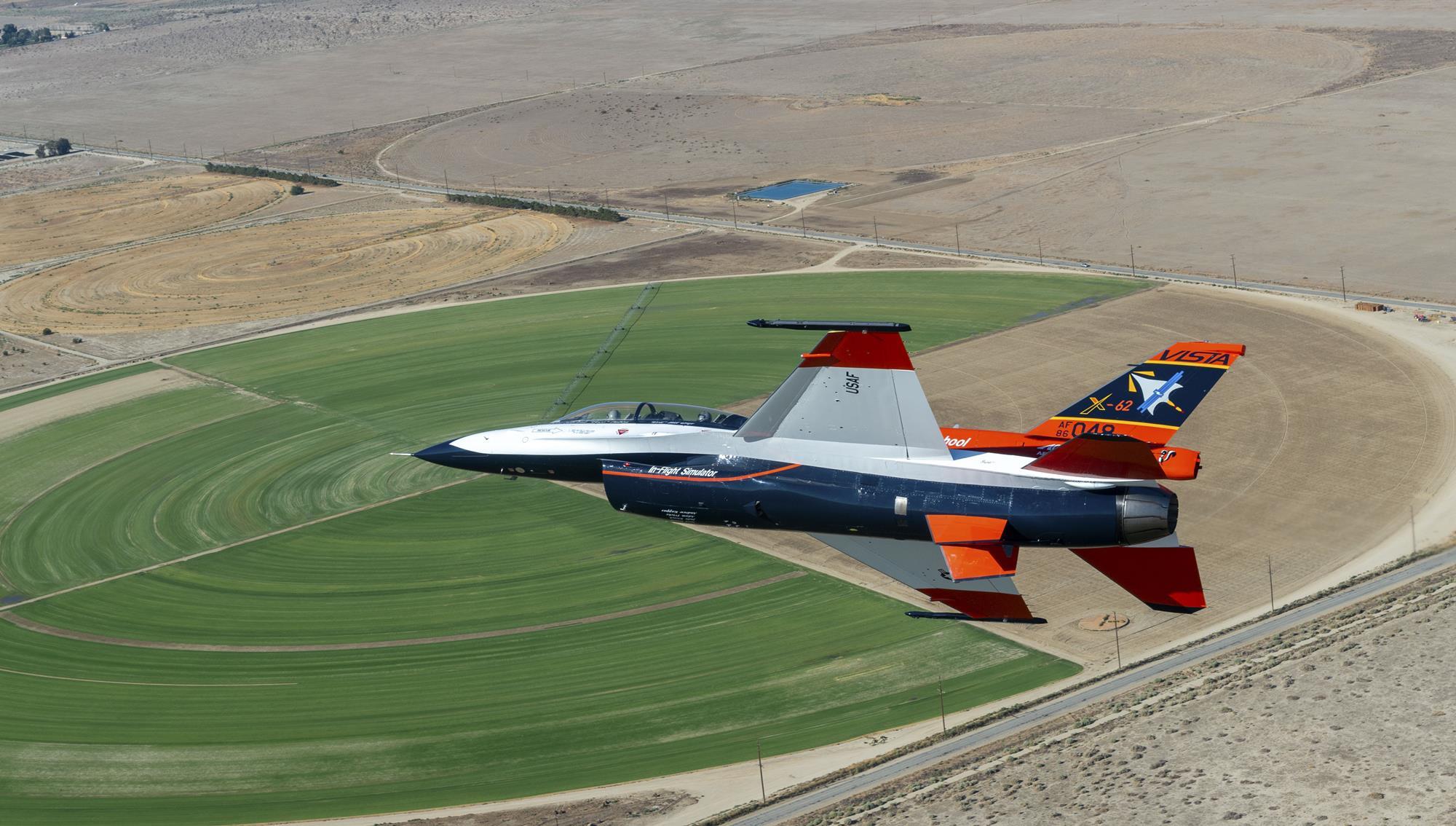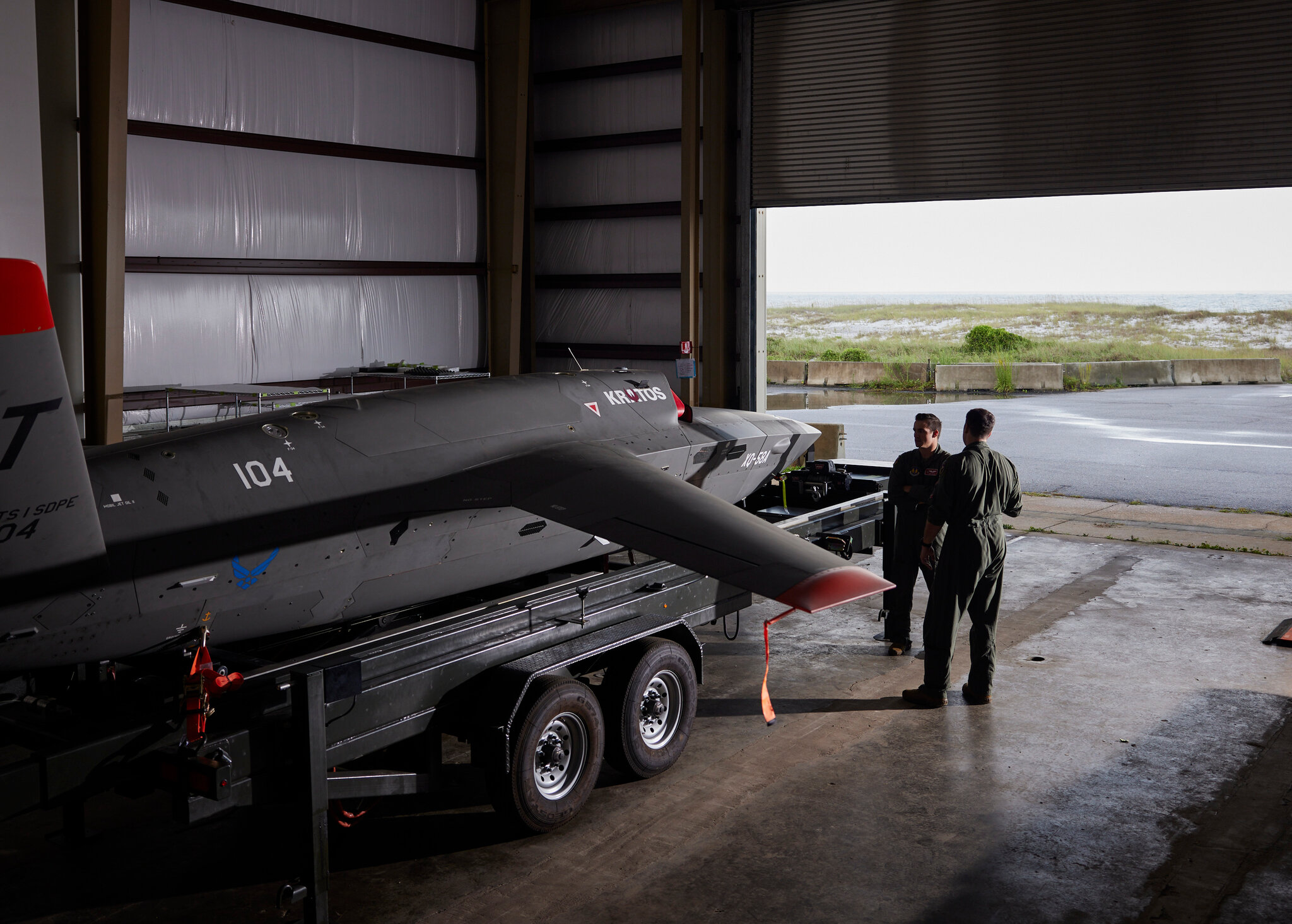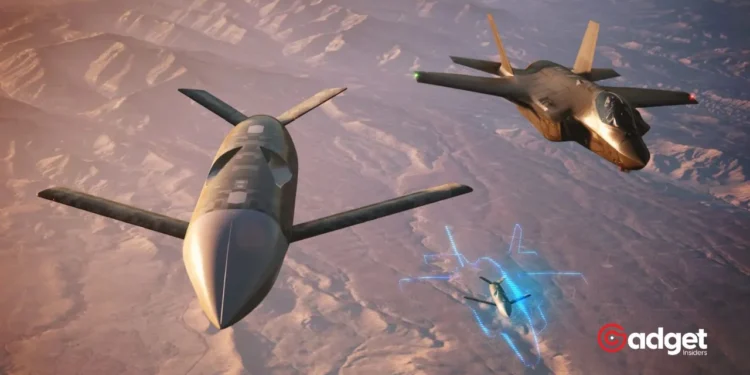In a groundbreaking advancement that could redefine aerial combat, the US Air Force has initiated a series of tests involving AI-powered F-16 jets. These tests, carried out at Edwards Air Force Base, are not just pushing the boundaries of aviation technology but also testing the prowess of AI against human pilots in combat scenarios.

A Historic Milestone in Military Aviation
The recent test flight involved the X-62A VISTA, an autonomous warplane developed by the US Air Force. Air Force Secretary Frank Kendall, who personally experienced the test flight, witnessed the AI-powered aircraft demonstrating capabilities that sometimes surpassed those of human pilots. During one of the test flights this Thursday, the AI jet went “nearly nose to nose” with a human-piloted F-16, showcasing impressive maneuvers within 1,000 feet of each other at breakneck speeds exceeding 550 miles per hour.

This event marks a significant leap forward in the integration of artificial intelligence in military operations, suggesting a future where AI may regularly assist or even replace human pilots in complex combat situations.
Air Force: AI Surpasses Human Pilots in X-62A VISTA Tests
The X-62A VISTA’s performance in recent tests suggests that AI can not only match but in some instances, exceed human capabilities in high-stakes flight scenarios. “The AI-powered aircraft, which has flown roughly two dozen flights since testing began in September, has begun to outperform human pilots in some scenarios,” reported The Associated Press. This revelation underscores the potential of AI systems to undertake missions that are too risky for human pilots or require split-second decisions beyond human reaction times.
Secretary Kendall emphasized the necessity of this technological shift, stating, “It’s a security risk not to have it. At this point, we have to have it,” highlighting the strategic importance of AI in maintaining global military supremacy.
🚀🤖 Historic moment: AI-controlled fighter jet takes Air Force leader on a ride. This marks a significant step in the integration of AI in military aviation. What does it mean for the future of war? pic.twitter.com/s4i2WHf4QX
— Tekletter (@tekletter) May 5, 2024
Ethical and Tactical Considerations
While the technical achievements are noteworthy, the use of AI in combat scenarios raises significant ethical questions, particularly concerning the delegation of life-and-death decisions to autonomous systems. Humanitarian groups have voiced concerns about the implications of relying on AI for critical military decisions, fearing the potential loss of human oversight in lethal situations.
Despite these concerns, the Air Force’s commitment to integrating AI into its fleet is strong. Plans are already underway to develop a fleet of 1,000 unmanned drones, expected to be operational by 2028. These drones will perform tasks that are currently too dangerous for manned aircraft, thereby reducing the risk to human life and potentially transforming the tactical landscape of air warfare.

The Future of Air Combat
As AI technology continues to evolve, the role of human pilots is becoming increasingly uncertain. Pilots at Edwards Air Force Base are acutely aware of the potential for AI to transform their roles, if not replace them. The sentiment among the airmen is a mixture of awe and apprehension, as they recognize the potential necessity to compete against adversaries equipped with similar or superior AI capabilities.
The transition to AI-powered aircraft is not just a technological evolution but also a strategic imperative. As nations around the globe invest in autonomous and remotely piloted systems, the US Air Force’s efforts to stay ahead in this arena could very well dictate the future dynamics of global air power.
In conclusion, while the rise of AI pilots heralds a new era in military technology, it also prompts a reevaluation of the strategies, ethics, and future of human roles in air combat, ensuring that the skies remain a domain marked by innovation and introspection.










